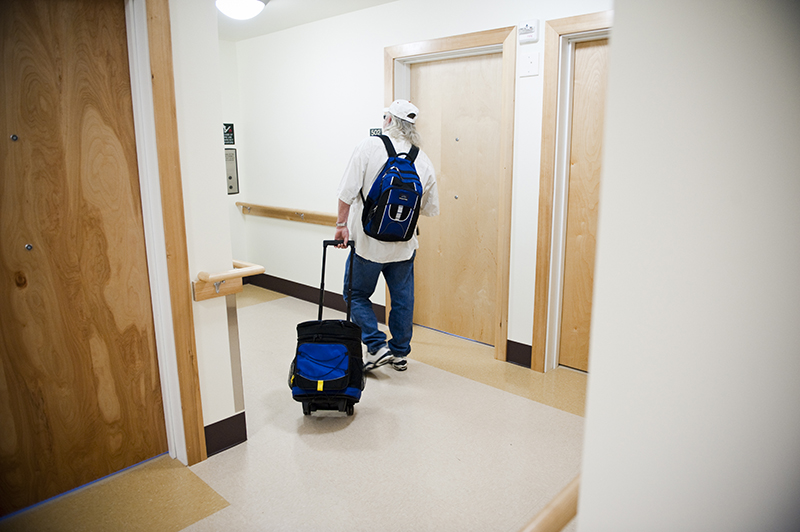4 Things We Love About This Solution to Homelessness
It’s true that the Seattle area is experiencing homelessness at record amounts. It’s also true that there are some solutions in place that are housing thousands and helping keep the overall number from climbing even higher.
When people experience homeless for more than one year—or have multiple episodes of homelessness—they’re considered ‘chronically homeless’. Permanent supportive housing is a proven solution for this group. It pairs housing with case management and supportive services.
Seattle was one of the first communities to adopt this approach and each year, thousands of people have a roof overhead because of it. Four reasons we love it:
- It puts housing first. Meaning, if someone is struggling with addiction, they don’t need to be clean and sober for 6-months (often a requirement for other housing) in order to be housed. This is an approach called, yep . . . Housing First . . . that has proven to be effective across the country. It was controversial when Downtown Emergency Services introduced it in Seattle, but it was quickly apparent that once housed, residents were less likely to use. Turns out, sleeping outside is tough and self-medicating is sometimes seen as the only way to tolerate it.
- It’s supportive. If you’ve lived on the streets for more than a year, moving into housing often requires some help. How do you manage your medications? How do you play by the rules? How do you get along with other residents from this extremely vulnerable population? Permanent Supportive Housing means that case managers are on site to help residents do this. Wrap around services are exactly what they sound like; someone is guiding you through this process. This concept is built on assertive engagement, not coercion.
- It fills a specific need. Permanent Supportive Housing is serving the most vulnerable – and as a result, these aren’t your typical apartments. Aesthetically, they’re nothing fancy–they often resemble dorm rooms. But they cater to the needs of the residents. In addition to the supportive services on site, apartments are equipped with safety measures—automatic timers on the stove to keep from burning anything, overflow features in the sinks and tub in case the water is left running. Many offer group sessions where residents can come together for support—and tenancy is not dependent on participating in these services.
- It’s cost effective. A cost-effective solution, permanent supportive housing has been shown to lower public costs associated with the use of crisis services such as shelters, hospitals, jails and prisons.
What’s United Way’s role in permanent supportive housing?
In 2007, there was a decade-long community wide effort (think . . City, County, Housing Authorities and nonprofits) to provide 2,241 new units of housing with these wrap around services. United Way provided the dollars for the services—on site support helping residents manage their mental illness and substance use.
United Way also uses our influence in Olympia for policy change. We’re currently advocating to:
- Increase the Housing Trust Fund and Housing and Essential Needs (HENS) funding. This increase will help accommodate the caseload, supporting older adults, blind and disabled people.
- Support bonding against sales tax for affordable housing. We’d like legislation that allows localities to raise and bond against future revenues of up to $500M per jurisdiction for the purposes of building or renovating affordable housing.
Previous wins include getting Medicaid dollars to cover new residents in Permanent Supportive Housing.





Comments